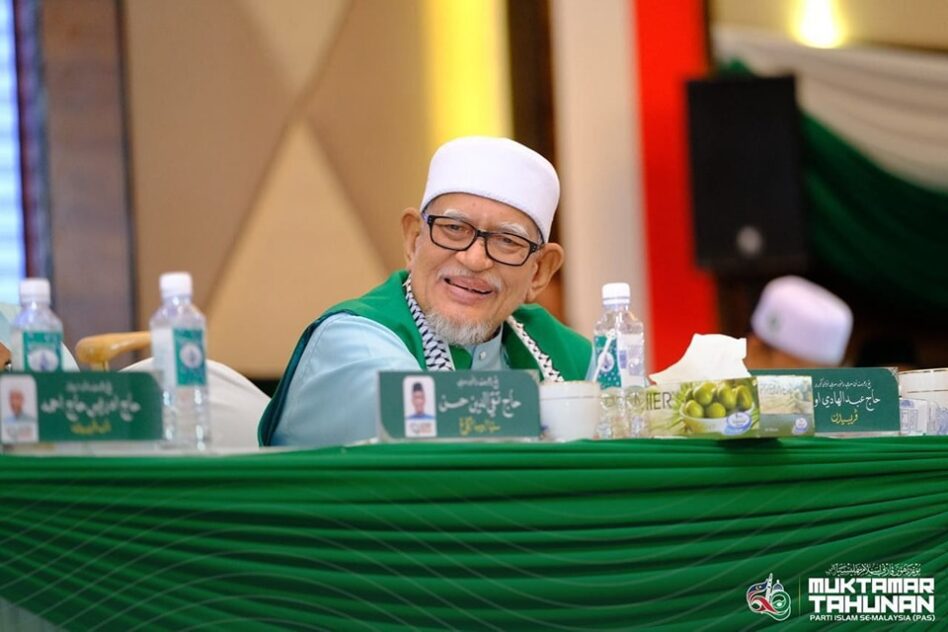THERE have been increasing calls for the Government to decide whether it wants mission schools to remain a part of its education framework.
Its failure to do so would only lead to the institutions being at loggerheads with the authorities, as seen in the recent land lease drama involving SMK Convent Bukit Nanas (or fondly known as CBN to its teachers and students).
This is especially the case since most mission schools have become partially-funded schools in the 1970s. In this case, mission schools decide on the appointment of their own principals and are run by a board of governors and trustees under the mission authority.
The staff, students and the school syllabus, along with the coverage of basic operational costs, meanwhile, come under the purview of the Education Ministry.
But despite this ‘agreement’, mission schools in Malaysia have fallen into a state of disrepair due to – well, you guessed it – insufficient funding.
Being ‘partially-aided’ meant that these mission schools were entitled to a RM5,000 government grant for utilities and phone bills. But against the rising costs of running and maintaining buildings, assets and facilities, what is a measly RM5,000?
To rub salt into the wound, these government funds, according to news reports, usually come only every two to three months.
With no other feasible options available to them, the schools have had to rely on alumni funding and on the Parent-Teacher Associations (PTA) to subsidise the difference.
One good example is St John’s Institution, one of the oldest schools in Kuala Lumpur. In 2018, it had its power supply cut after failing to settle a RM245,000 bill from Tenaga Nasional Bhd (TNB).
Heartbreakingly, the school had to appeal for donations from its alumni in order to pay the bill. Where are the government’s funds in difficult times like these?
According to a report by The Edge Markets, there are 462 mission schools in the country, of which 227 are in Peninsular Malaysia and 235 are in Sabah and Sarawak.
Perhaps it isn’t a stretch to assume that most, if not all, of them have had their own share of funding-related problems in the past.
With this in mind, perhaps it was high time the government lay the ridiculous partially-funded system to rest. While conceivable in the past, it is clear that such a system no longer works anymore.
When it comes to education, government funds must be made available for all schools, mission and vernacular. It is the only way for them to thrive and do what they do best, which is to educate our future generations. – April 28, 2021









